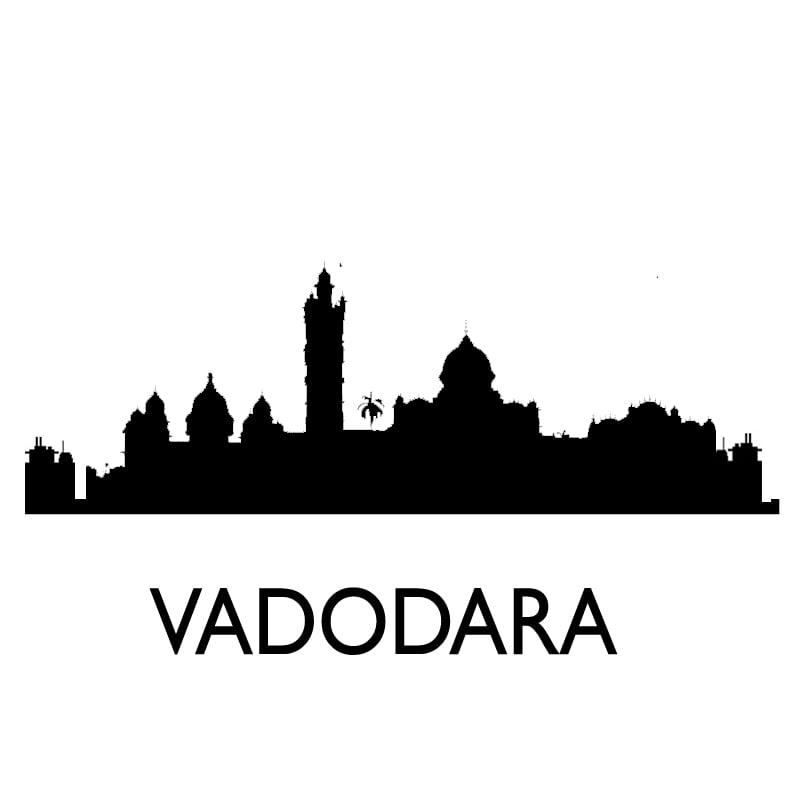Vadodara, formerly known as Baroda, is the third-largest city after surat in the Indian state of Gujarat. It serves as the administrative headquarters of the Vadodara district and is situated on the banks of the Vishwamitri River, 141 kilometres (88 mi) from the state capital of Gandhinagar. The railway line and National Highway 8, which connect Delhi with Mumbai, pass through Vadodara. The city is named for its abundance of the Banyan (Vad) tree. Vadodara is also locally referred to as the Sanskari Nagari (transl. 'Cultural City') and Kala Nagari (transl. 'City of Art') of India.
The city is prominent for landmarks such as the Laxmi Vilas Palace, which served as the residence of the Maratha royal Gaekwad dynasty that ruled over Baroda State. It is also the home of the Maharaja Sayajirao University of Baroda.
The city in one period[when?] was called Chandanavati after[vague] the rule of Chanda of the Dodiya Rajputs. The capital was also known[when?] as Virakshetra or Viravati (Land of Warriors). Later on,[when?] it was known as Vadpatraka or Vadodará,[vague] and according to tradition,[whose?][when?] is a corrupt form of the Sanskrit word vatodar, meaning "in the belly of the Banyan tree". It is, as of 2000, almost impossible to ascertain when the various changes in the name were made; early English travellers and merchants of the 18th century mention the town as Baroda, and it is from this, that the name Baroda is derived; in 1974 (well after independence) the official name of the city was changed to Vadodara.


